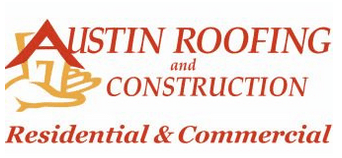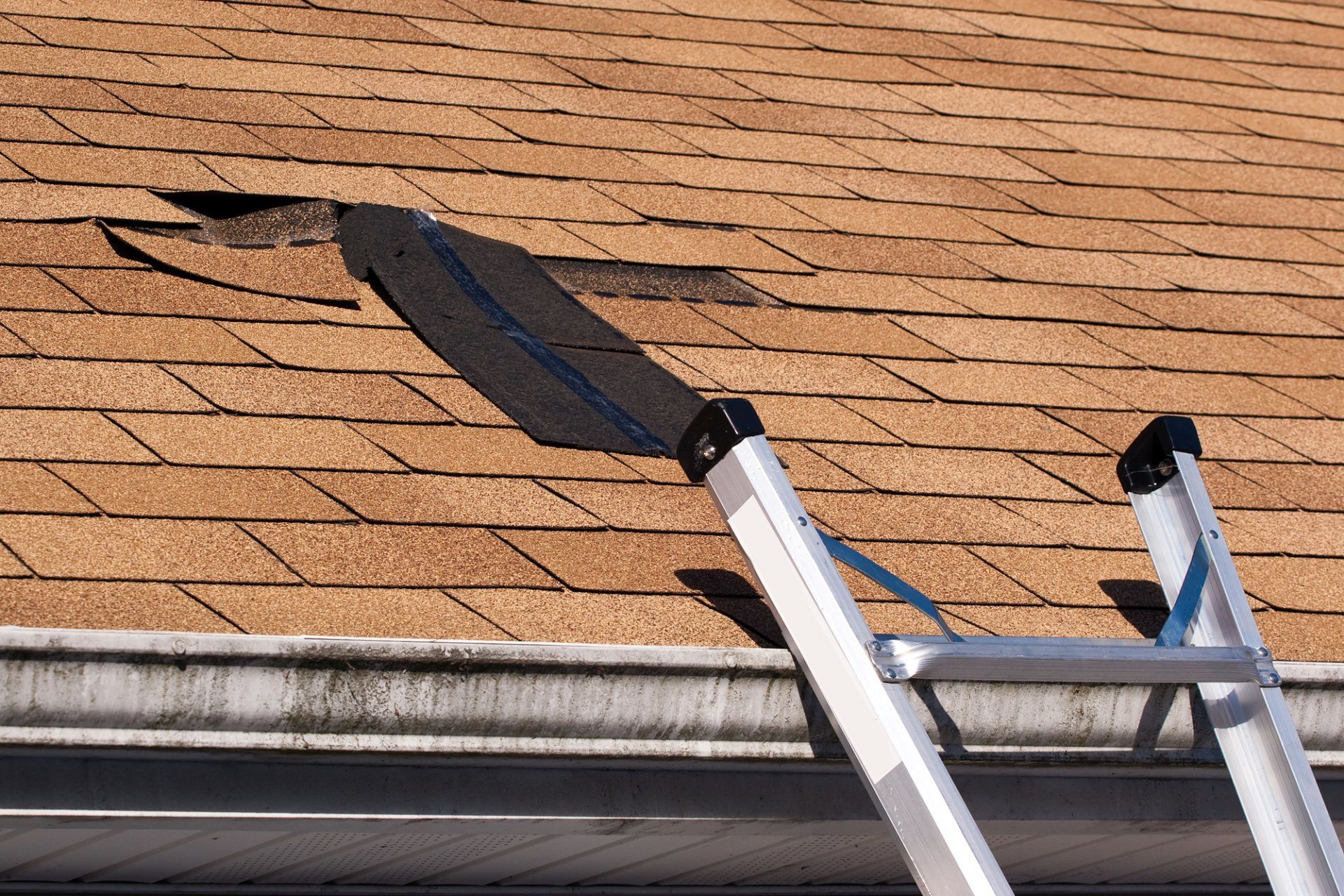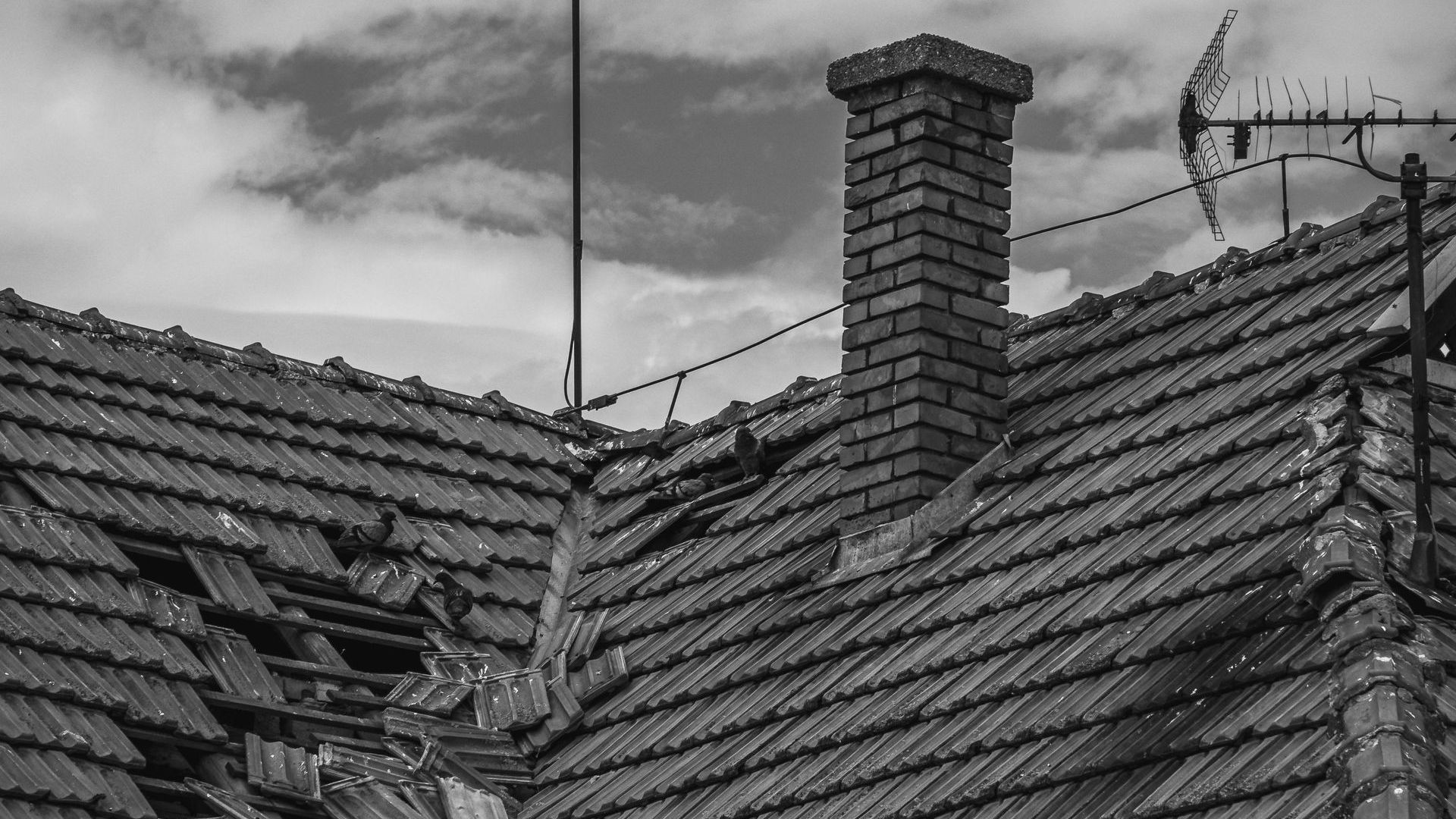How to Check for Roof Damage After a Storm
What to look for and where...
How to Check for Roof Damage After a Storm
If there's been a storm recently, you may have roof damage.
In 2017, there were over 6,000 major hail storms across the United States, according to the National Oceanic Atmospheric Administration (NOAA). Added up, the damages from those hail storms represent almost $2 billion in property and crop damage.
Texas is #1 - In Hail, Wind & Tornado occurrences every year!
After a storm of any kind, it's important to inspect for roof damage . But what should you look for? We've got a step-by-step guide to inspecting your roof after severe weather, so read on.
Start on the Inside
Damage can extend beyond,or beneath, a roof that has been weakened or damaged by the weather. Look for:
- Any signs of moisture in your attic or top floor rooms
- Brown, yellow, or grey stains on the ceilings and/or walls
- Peeling paint or large bubbles in the paint or drywall
- In the attic, dampness or moisture on or in the beams, rafters, and insulation
There are cases in which the damage is invisible. Have you seen a spike in your energy costs,particularly in the weeks following a hurricane, tornado, thunderstorm, hailstorm or any extreme weather event? If so, the cause could be roof damage.
Roof Damage Caused by Wind
If a strong gust gets a foothold, usually at the roof's edge, it can begin separating the roofing material from the rest of the home. This will blow shingles into the yard and can even bend up a metal roof.
Naturally, the wind can also blow debris onto the roof. Tree limbs, entire trees, poles, lawn furniture, even shards of glass could all cause damage to your roof.
Note: Make sure tree limbs are trimmed properly, and if you have a dead or dying tree that might fall on the roof, have it taken care of as soon as possible.
Hail damage is called cosmetic but it is claimable damage for a reason. Those pock marks are the beginning of granule erosion on shingles. Metal roofs are far more resilient to hail with a 26-gauge popping out hail marks on a good 100-degreeTexas day! While we don't contend with heavy snows like folks in the northern areas of the country do, rain can take a toll. This is especially true if, as we mentioned above, the roof's ability to protect the home is already compromised.
Rain
While we don't contend with heavy snows like folks in the northern areas of the country do, rain can take a toll too. Just regular weather. This is especially true if the roof's ability to protect the home is already compromised by age or past damage.
Don't forget to check your chimneys, gutters and downspouts, fascia and soffits, soffit and ridge vents, and roofing cement. If you see any signs of damage or deterioration,make a note of it and call a roofing contractor.
After You've Spotted Roof Damage
As you make your inspection, take notes on where and what damage you see. You may want to call your insurance agent and schedule an adjuster. In the meantime, take care of emergency repairs, even if that only means tacking down a tarp over holes or damaged shingles – roofing companies are happy to help with this and the insurance companies typically reimburse you.
Act Fast To Prevent Additional Costs
You will want to get your roof repaired (or, if necessary, replaced) as soon as possible. This will prevent additional damage from occurring.
If you suspect roof damage but aren't comfortable climbing up to check, call a
reputable and insured roof specialist. Let Austin Roofing& Construction do the storm damage assessment for you.
Contact us
for a free appointment today - 512-629-4949 or Daisy@AustinRoofingAndConstruction.com
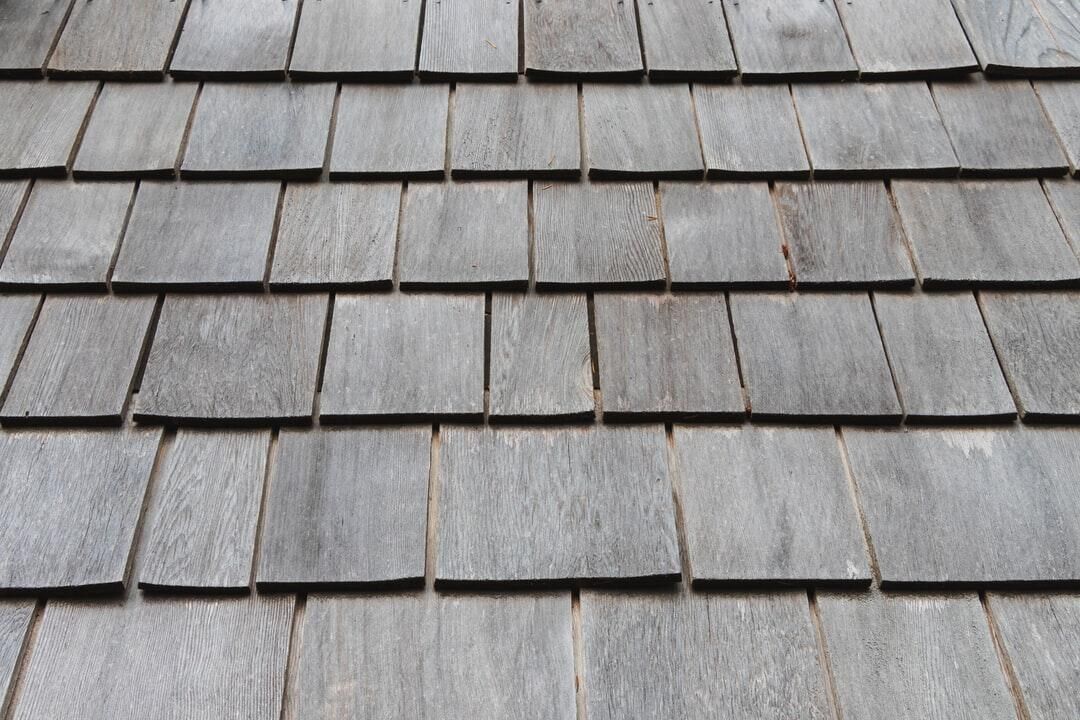
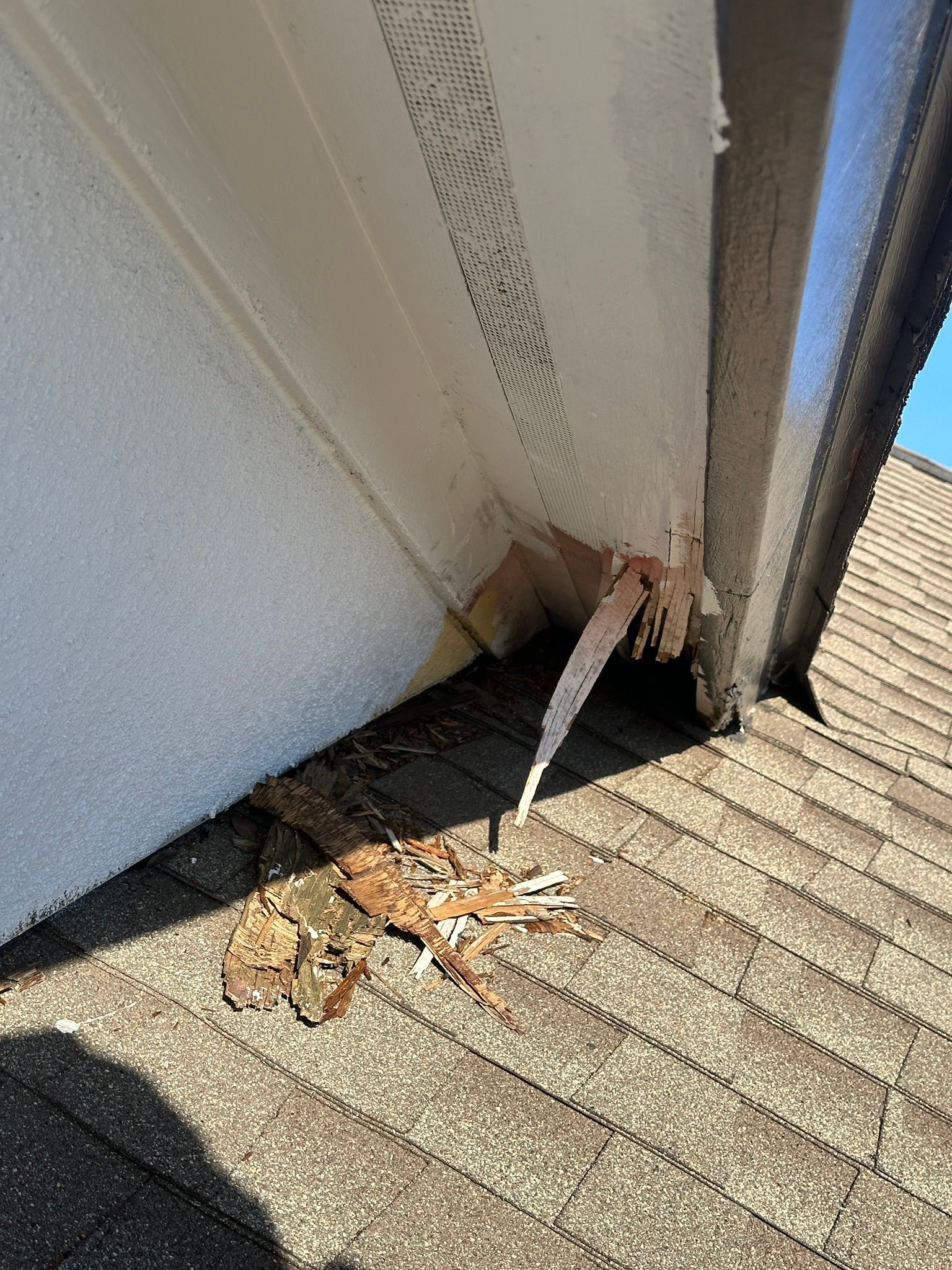
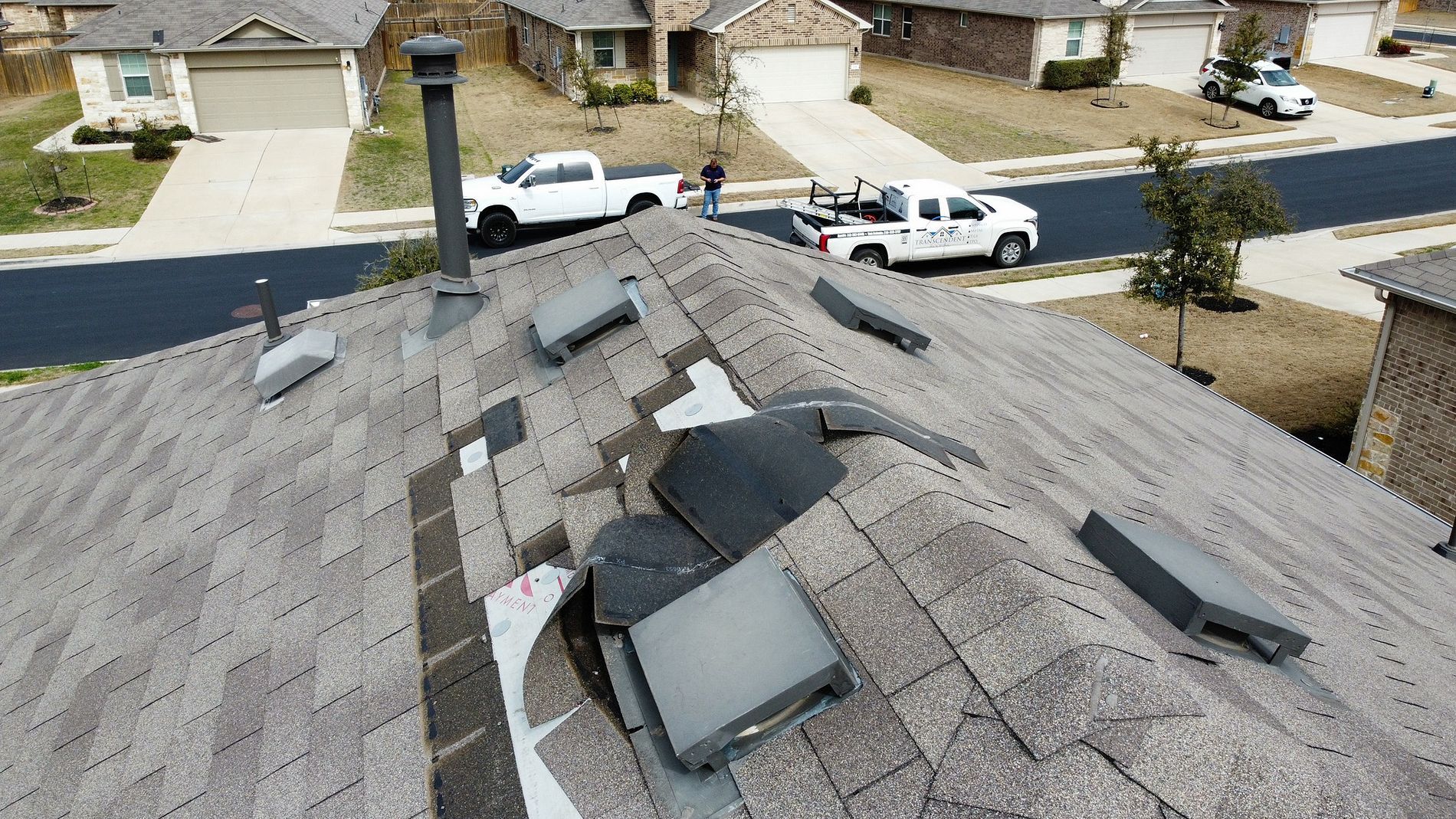

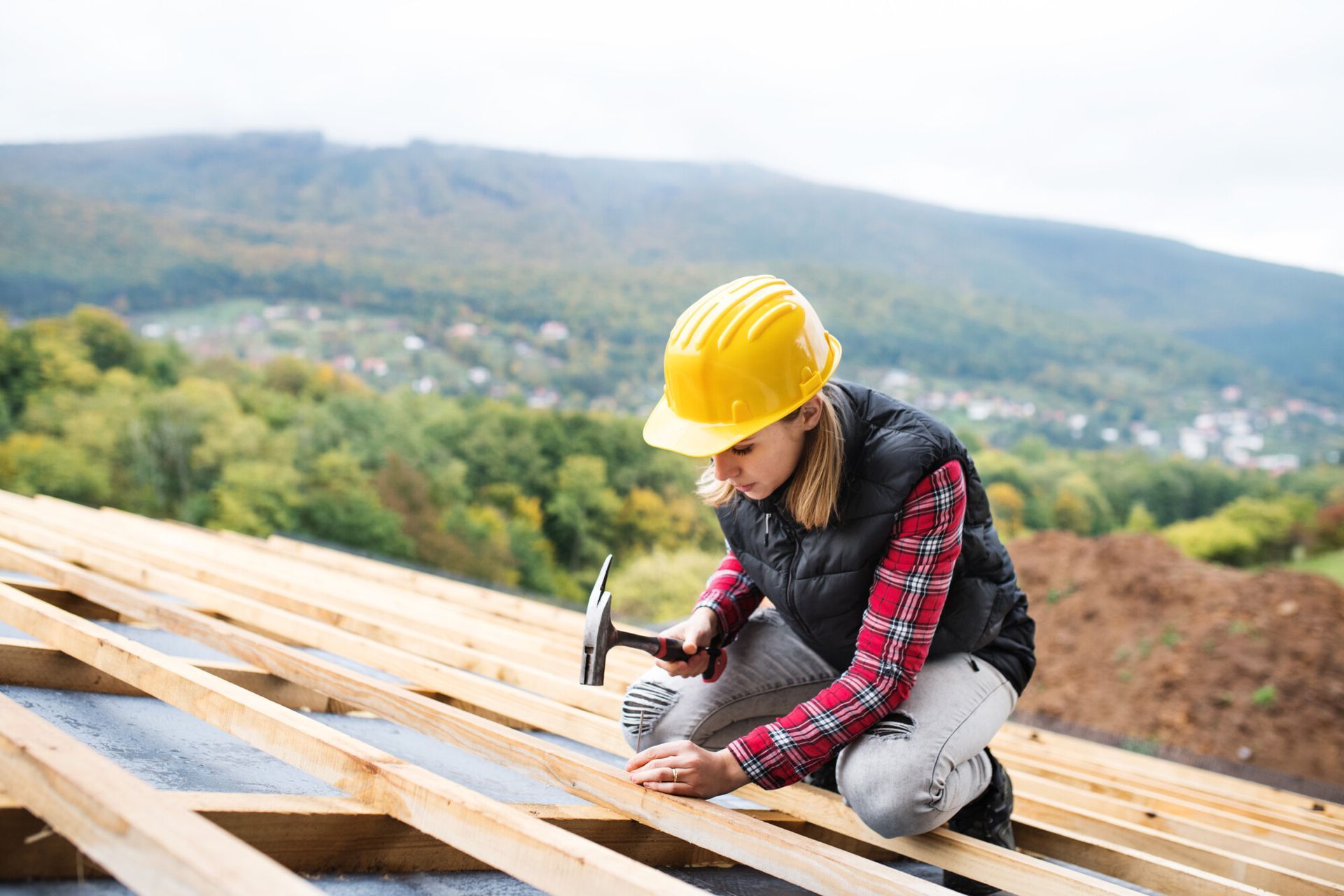
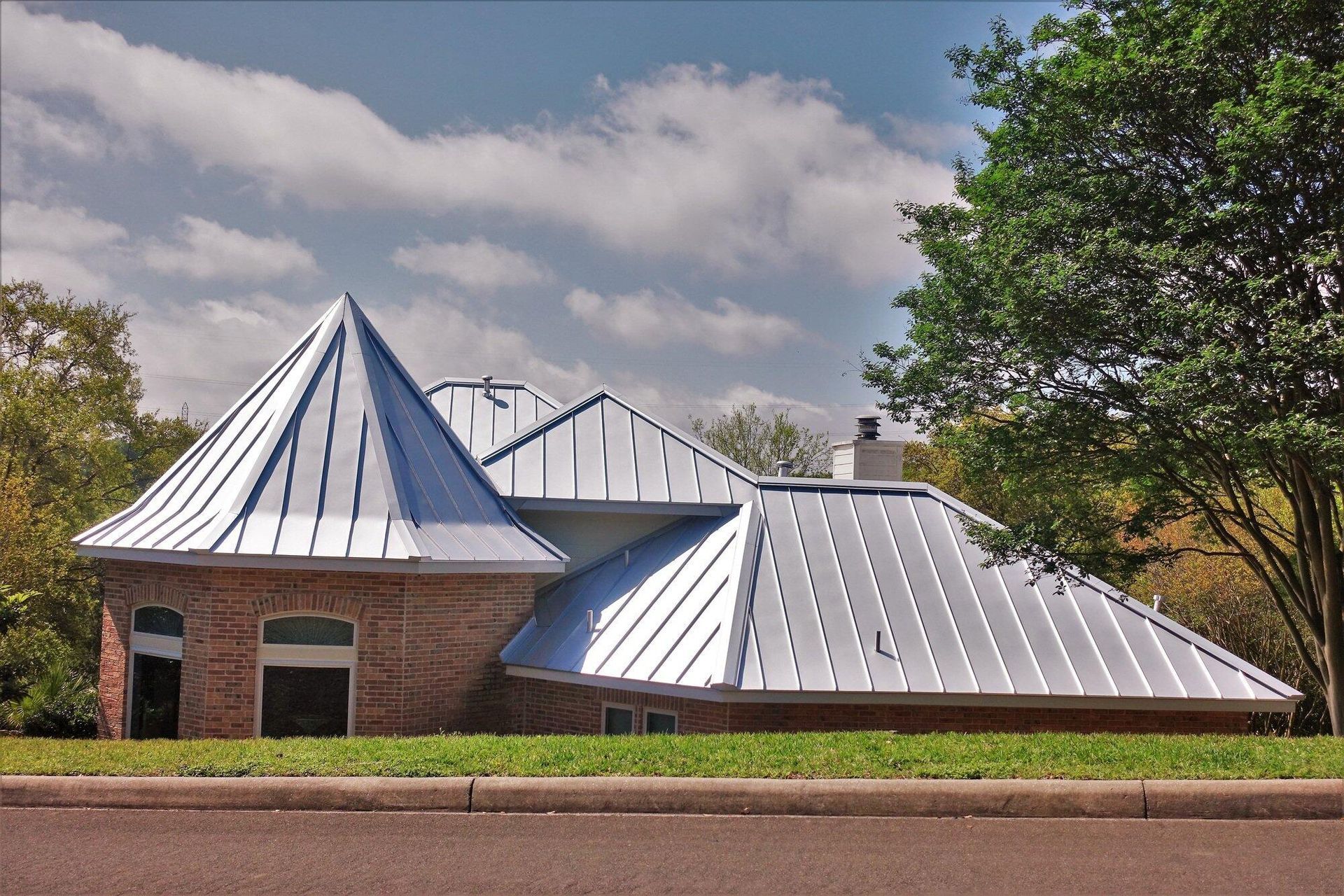
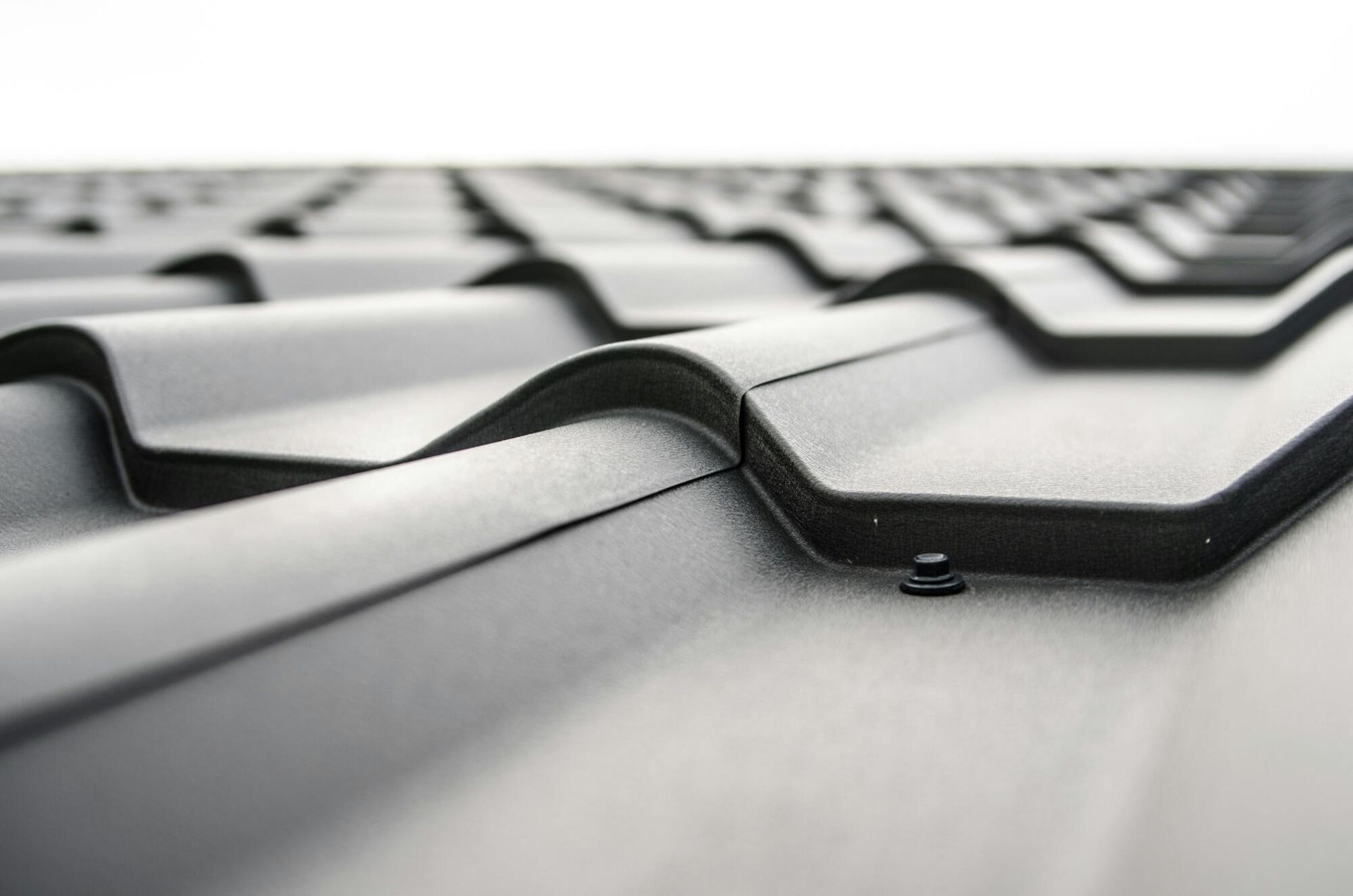
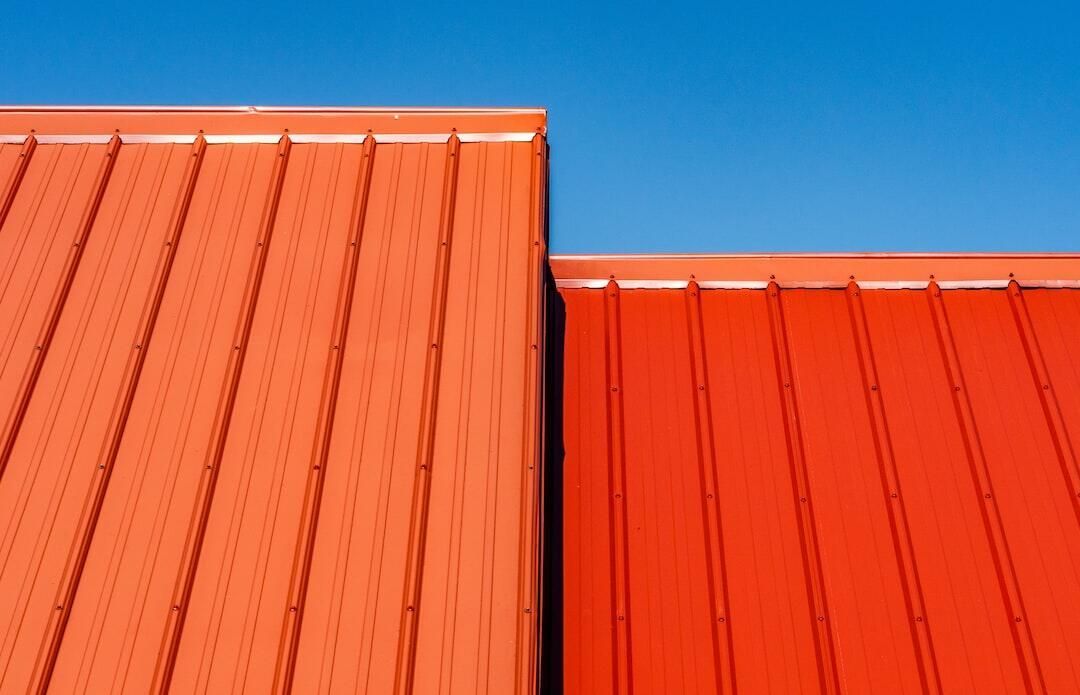
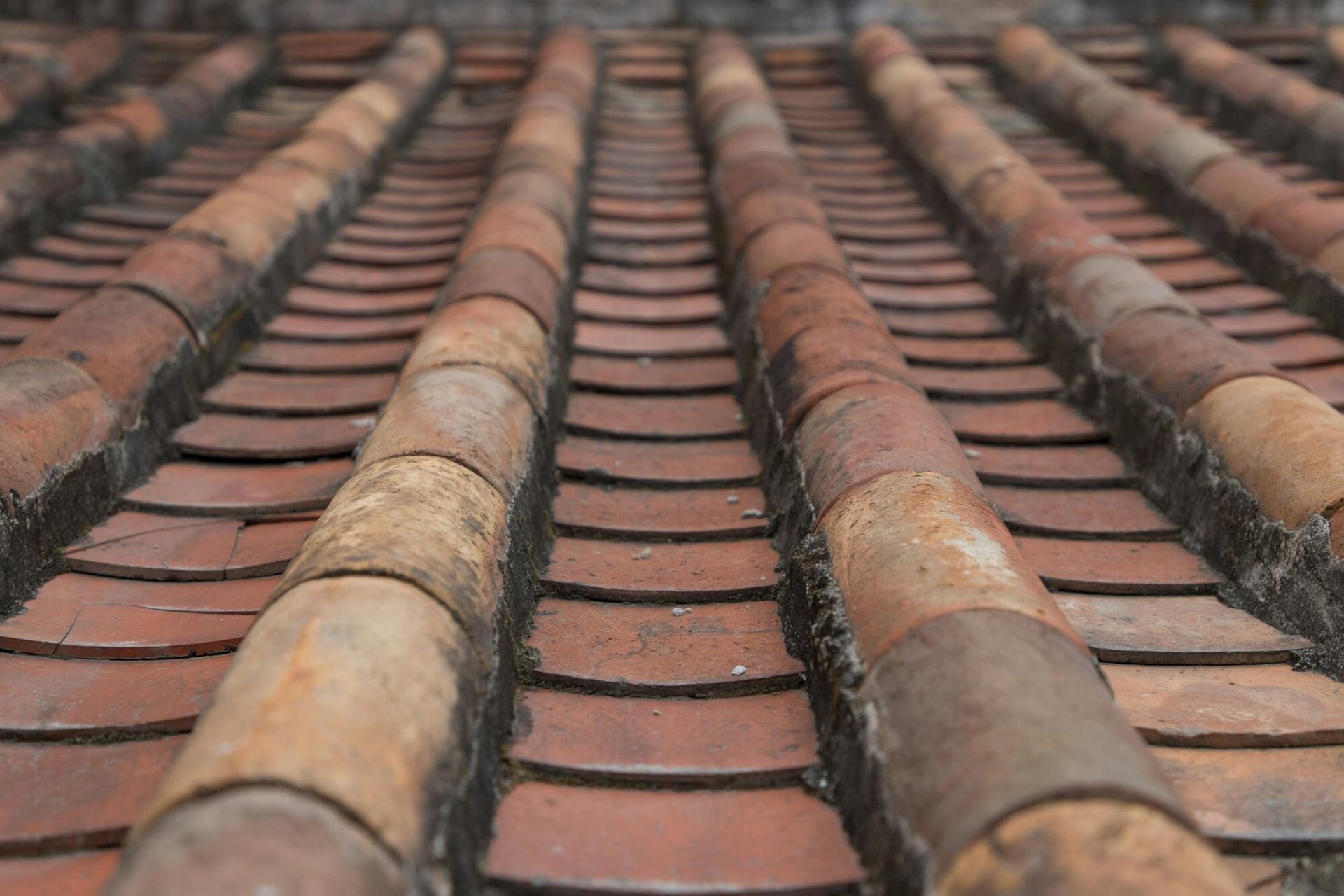
512-629-4949
1301 W Ben White Blvd 200A Austin, Texas 78704
Privacy Policy
Austin roofing
THE BEST ROOFING COMPANY IN AUSTIN, TEXAS
Local People Helping Local People
Copyright © Austin Roofing and Construction
